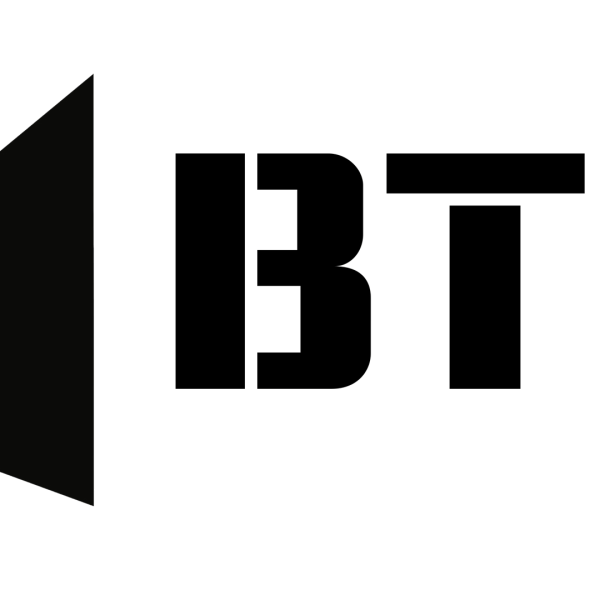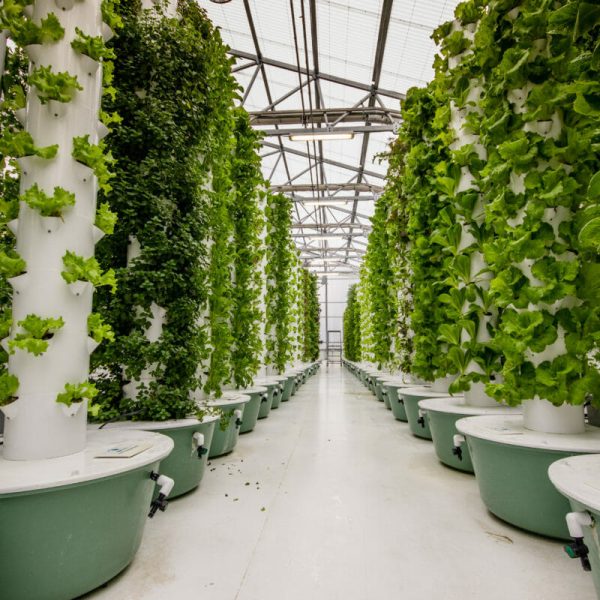According to a 2020 report by the National Restaurant Association, sales in the restaurant industry will hit 899 billion dollars this year. It indicates close to a 5% increase in revenue compared to 2019. While 5% doesn’t seem like much, it represents almost 50 million dollars when converted into cash. This is more than the economies of several small countries.
For entrepreneurs looking for an exciting, profitable business, investing in a diner or fast-casual franchise is now a better choice than ever before. There are several reasons for this. First is the aforementioned growth in the industry. Second, the restaurant business continues to evolve. Aside from food provision, the focus has now shifted to other areas, including customer service, health, customized delivery, and dining experience. Finally, and most importantly, is the role of technology and its influence in all things related to food.
Today, three key technology trends affecting the food industry are an increase in restaurant and food apps, the effect of technology in the dining experience, and its role in food production.
Increase of Restaurant and Food Apps
In the past, food and restaurant applications provided users with two basic services: restaurant reviews and food delivery. Continuous developments in technology have changed this dramatically. The best apps currently in the market offer various services, including bookings, health information, nutritional content, suggested recipes, and interactive restaurant-customer experiences.
Moreover, the proliferation of food and restaurant apps has led to a substantial increase in competition, which has lead to better, cheaper, more affordable applications.
For restaurants, apps are a valuable medium to market their businesses, differentiate themselves from the competition, and introduce new food and dining concepts to thousands of customers at a time.
Technology and the Dining Experience
The days in which people went to restaurants to eat alone are long gone. Nowadays, the dining experience is equally important. Of course, people want to eat good, healthy food. If the food is bad, it doesn’t matter how much technology or how many gimmicks the restaurant has. It will not succeed. Still, customers also demand convenience, a great atmosphere, and excellent customer service, all at a reasonable price.
Examples of how technology continues to make this possible are interactive menus, user-based point of sale terminals, cashless payments, and self-order stalls. Among other things, interactive menus allow customers to choose from existing dishes or make combinations from several items on the menu. Self-order booths let people choose what they want while waiting in line pay, saving both the customer and the restaurant time.
As for cashless payments, people no longer need to carry bills and coins in their wallets. Instead, they can pay with their smartphones while gaining points for doing so. It makes the process safer and more convenient.
Technology in Food Production

Even in the 21st century, when people think about food production, most imagine a family of farmers growing vegetables with hatchets, sickles, pales of water, and seeds. It couldn’t be further from the truth. Although traditional farming still exists in many countries and regions worldwide, the influence of technology in the food production industry cannot be undermined. Examples include:
- Technology in the development of herbicides, insecticides, and pesticides. Unlike before, protecting crops with chemicals doesn’t have to come at the expense of food quality. Current herbicides, insecticides, and pesticides are less harmful. They also require smaller amounts to yield the same results.
- Food processing equipment. At present, multi-purpose machines grow food on the land itself and collect it, segregate it, package it, and label it. Robots have eliminated the need for strenuous human physical work while drones have replaced traditional irrigation systems.
- Usage of alternative sources of energy. In many farms and food production areas, hydroelectric systems, wind power, and solar panels have replaced fossil fuels and other nonrenewable energy sources. The result is safer and cheaper food production as well as a lower carbon footprint on the environment.
As we have seen, the role of technology in the food industry continues to expand. This can be seen in all areas of the food business, including production, packaging, transportation, and retail. Three examples are an increase in restaurant and food apps, an enhanced dining experience, and better food production. There are many others, all of which have brought plenty of benefits to all parties involved, including manufacturers and consumers.
As we move further into the era of digitalization, AI, automation, and food science, who knows what the future might bring. One thing is for sure: how we think about food, how we make food, how we get it, and how we eat it will continue to change.




